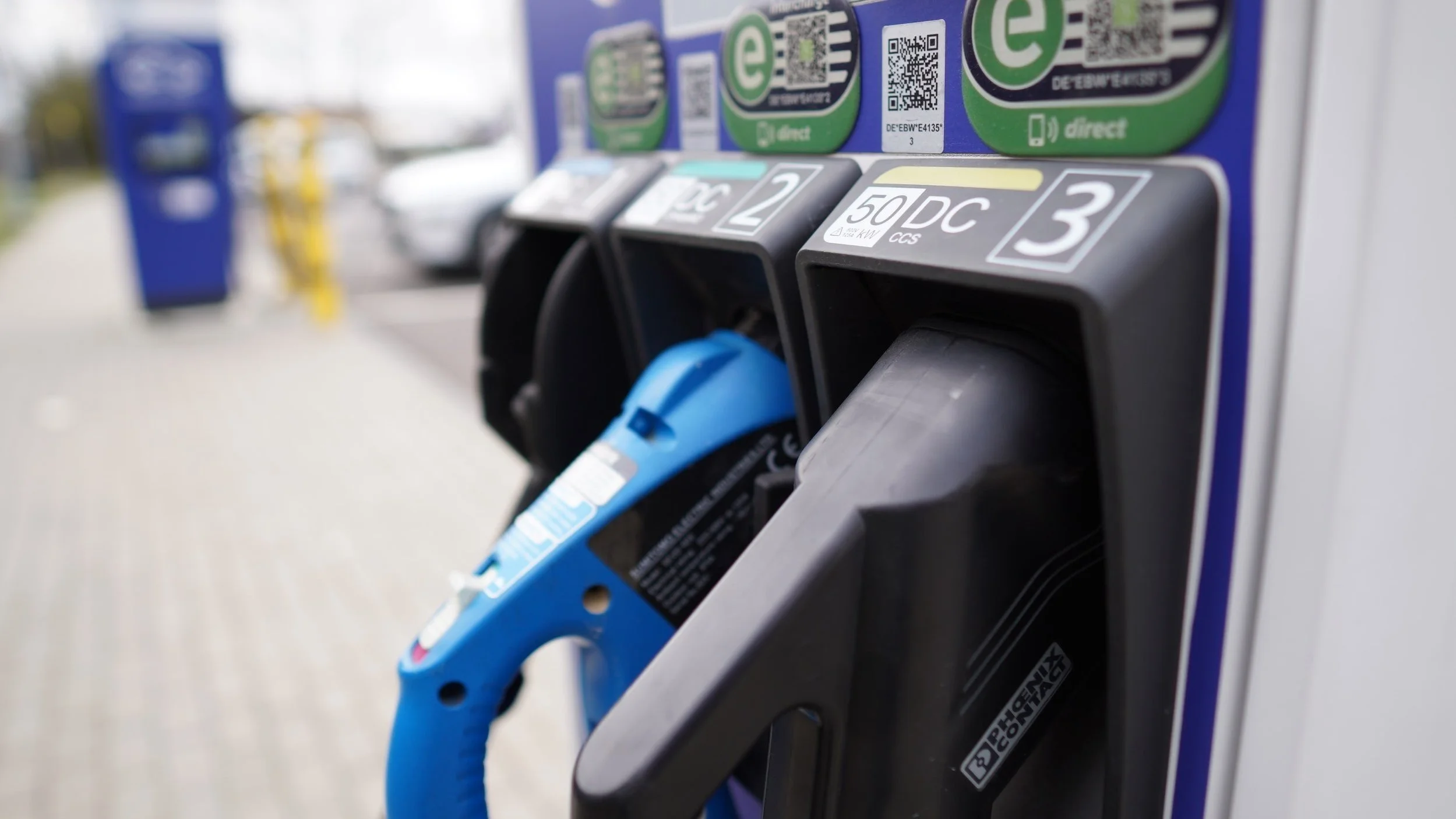Hydrogen vs. Electric Sustainable Vehicles
The past several years have been filled with constant buzz and innovation surrounding electric vehicles and the new sustainable solutions to climate change that come with them. From an initial perspective, it’s easy to choose the more climate-friendly vehicle when looking at an electric vehicle (EV) versus vehicles with internal combustion engines (ICE). However, EV’s do not exist as a standalone solution, and have their own associated climate risks. More recently, hydrogen cars have emerged as a potential leader in the sustainable vehicle arena - but can these really surpass EVs?
So what is the difference between EV and Hydrogen Vehicles?
Before diving into an analysis of the competing vehicle types, it’s helpful to understand the mechanical differences between the two. The more “traditional” EVs are powered with an electric drivetrain (this means electric motors spinning the wheels) that draws power from a large lithium-ion electric battery. In contrast, hydrogen vehicles use pure hydrogen as a fuel source. This hydrogen is mixed with oxygen inside the vehicle’s fuel cell, and through a complex chemical process, produces electric energy. This electricity ultimately powers an electric drivetrain similar to an EV, just without the massive battery.
Appeal of hydrogen vehicles
Hydrogen vehicles may be the more appealing choice from the perspective of daily life. These vehicles contain a tank that is filled with hydrogen at hydrogen fuel stations in a very similar manner to any gas station - a user typically reaches a full tank after five to ten minutes of fueling. Additionally, due to the compressed nature of the fuel, hydrogen vehicles may have a greater range than EVs on average, often by hundreds of miles.
Environmental Issues with EVs
One of the prominent issues with EVs is the impact of mining to obtain lithium for the large batteries. Critics argue that EVs are not truly green, given that they consume limited natural resources and damage the environment in the process to collect lithium. Hydrogen vehicles rise above in this area given their use of pure hydrogen, one of the most abundant elements throughout the universe. This also solves the life cycle issue of EV batteries - as they will only last for a limited number of years before becoming unusable, which generates considerable e-waste.
Environmental Issues with Hydrogen Vehicles
However, hydrogen vehicles are not without their own unique problems. While tens of thousands of EV charging stations exist across the United States, there are fewer than one hundred hydrogen stations. This means that infrastructure has years of necessary progress before it can match the current state of EV infrastructure. Additionally, hydrogen vehicles are currently much less energy-efficient than their EV counterparts. Hydrogen does not exist in its pure form on earth, and must be synthesized from energy-heavy processes such as electrolysis or natural gas reformation. In order to create fuel for hydrogen vehicles, energy must first be used to produce the fuel, and the fuel is then converted by the vehicle. In contrast, an EV can directly use energy produced by the grid, giving it the upper hand.
So what does this all mean?
In summary, hydrogen vehicles will only emerge as the most sustainable vehicle option after several years of necessary development for infrastructure and hydrogen-sourcing has occurred. At the moment, this technology still has a ways to go, and electric vehicles remain the best option for those that wish to minimize their vehicular footprint.
Learn about our affordable carbon footprint solutions for small and medium-sized businesses
Book a free strategy session to discuss your climate goals with a sustainability manager.
About RyeStrategy
Based in Seattle, RyeStrategy is a CDP-accredited, mission-oriented company specialized in carbon accounting, mitigation coaching, and climate disclosure solutions for organizations at any point in their sustainability journey. Learn how RyeStrategy helped Salesforce, Ideascale, and Wazoku achieve their sustainability goals.
From exhaustive carbon footprinting and mitigation coaching, to setting science-based targets and reporting climate data to CDP, SBTi or custom reporting platforms, RyeStrategy acts as a hands-on extension of the team, custom-tailoring services to fulfill climate disclosure requirements easily and accurately.
Meet with a sustainability specialist to learn more about RyeStrategy solutions.

